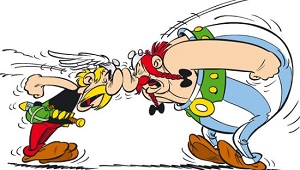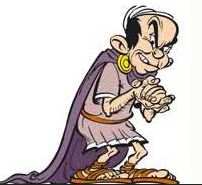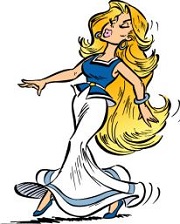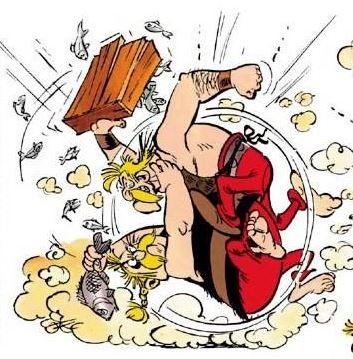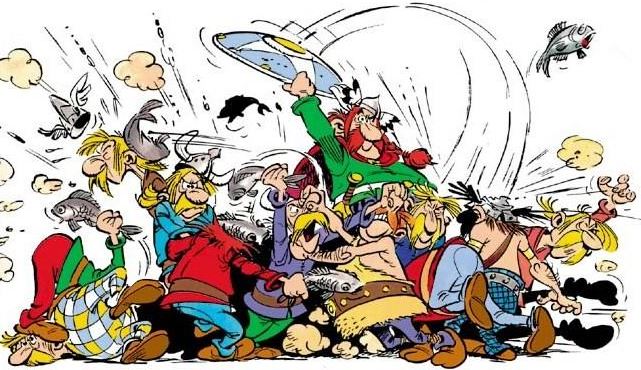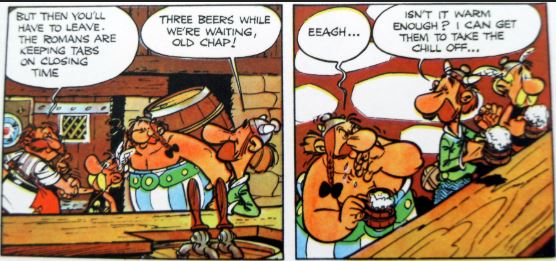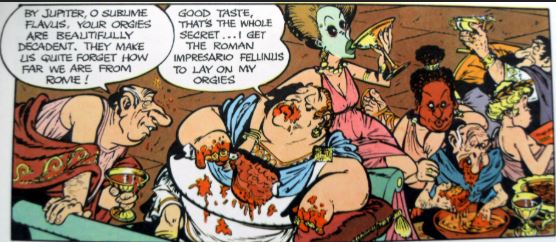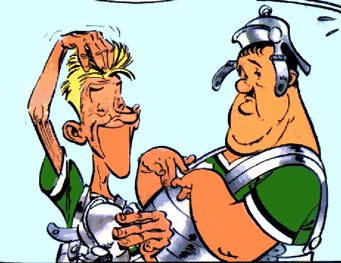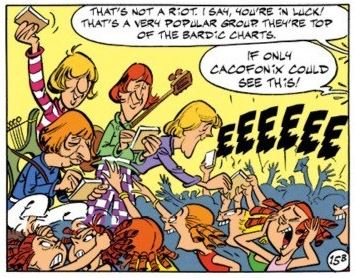I find Ricky Gervais’s comedy routines like a multi-layer cake made up of strawberry layers with the occasional Marmite layer mixed in: some parts are wonderful, and others make you squinch your mouth up like you just bit into a lemon.
But his BBC-TV series After Life (Netflix) is excellent, without reservation. It is also amazingly funny: at times dark and thought-provoking, and other times laugh-out-loud hilarious. (That is, the first two seasons were brilliant; but he’s just announced a third, in which he may jump the shark as these things so often do, or he may just have played out the premise, which is most often the case.) A lot of people are annoyed by Gervais’s delivery and (sometimes) subject matter, but he’s probably the best comic writer extant so I’ll give him the benefit of the doubt.
The next pleasant surprise has been the BBC teen love story Normal People (Hulu), even though it’s occasionally incomprehensible because of ![]() and often-impenetrable Irish slang and accents. Needless to say, I am not in the target demographic (still less psychographic) of the teen-angst genre (to put it mildly), but this show is lovely: measured pacing, several relevant sub-plots, and sympathetic camera work. I haven’t finished it yet, and I can’t wait to see the rest.
and often-impenetrable Irish slang and accents. Needless to say, I am not in the target demographic (still less psychographic) of the teen-angst genre (to put it mildly), but this show is lovely: measured pacing, several relevant sub-plots, and sympathetic camera work. I haven’t finished it yet, and I can’t wait to see the rest.
Speaking of dubious extra seasons, I see that Killing Eve (which I’ve really enjoyed so far) is in its third — which, although I haven’t seen, I’m kinda pre-judging because I thought the final episode of the second season was a perfect ending for the show. But no… Bobby’s going to come out of the shower and the thing will continue. If I’m proved wrong, I’ll say so, but the odds are not good.
I am of the firm opinion that unless a show is completely episodic with no overarching storyline, it should end after its second season, almost without exception. Even the incredible Hill Street Blues (in my opinion, the greatest TV show ever made) got tired after its third season, and most other shows have to go on life support after two, because they’re only average.
But the above three offerings — Brit shows all — are good, despite my initial suspicion and misgivings. If you haven’t already done so, give them a shot.






